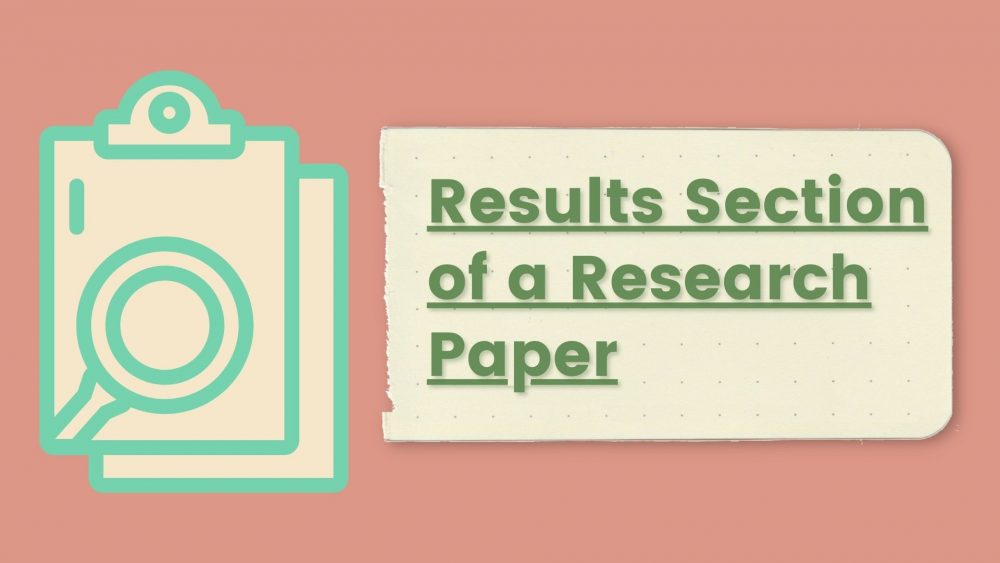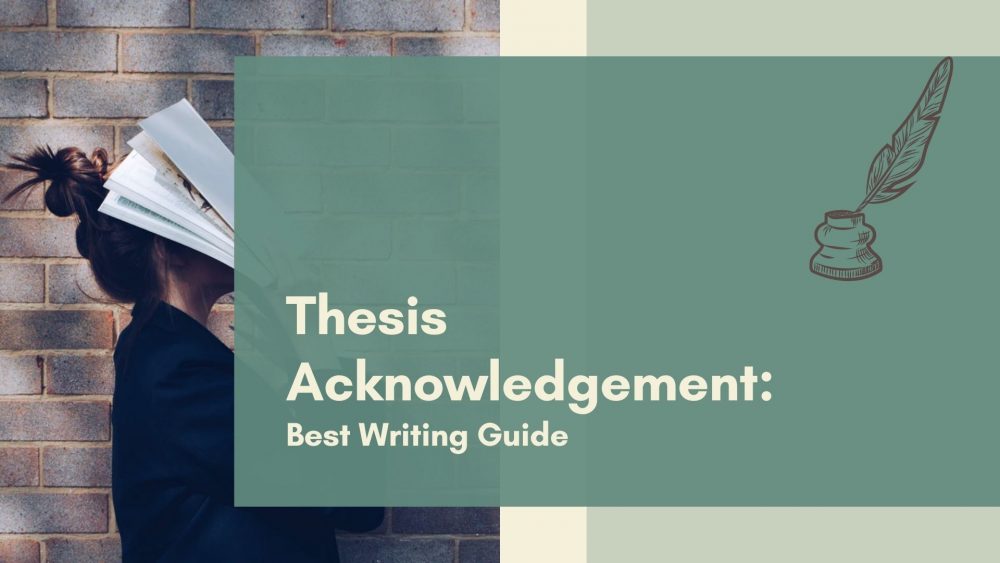Do you know how to write a successful dissertation methodology with expert practical steps?
Read on to find out how you can do this quickly.
Dissertation Methodology Definition
A dissertation methodology is one of the sections of a dissertation paper that provides the reader with a clear outline of the methods used during the research. It gives researchers a sense of reliability and validity.
The methodology of the study should entail the following components:
- What is the scope of the research?
- How did you collect your data?
- What method did you use to analyze the findings?
- What tools did you use? (Both primary and secondary)
- Why did you choose the tools above for your research methodology?
Without a proper research methodology, you will not be able to earn the trust of your readers.
Steps to Writing a Dissertation Methodology Section
Now let’s explore the practical steps that you will follow to arrive at a top-tier dissertation methodology that will give your professor sleepless nights. Make sure that you keep your eyes peeled; you will not get these professional steps anywhere else:
Step 1: What is Your Research Problem or Question?
Mention your research topic and provide an overview of how you plan to investigate it.
Ensure that you provide any details that would make your topic clear so that the reader understands why you settled on specific research methods. It can take different forms, such as the ones listed below:
- Do you intend to give a cause and effect relationship?
- Do you want to describe the characteristics of a given phenomenon systematically?
- Do you want to shed more light on a less-researched topic?
- How are you going to achieve all these?
The type of data you intend to use will be made plain in this part. Is it going to be:
- Qualitative (data in the form of words such as gender; male or female, citizenship, name, etc.) or Quantitative (data in the form of numbers such as amount, height, statistics etc.
- Descriptive data or controlled data
- Primary or secondary data
For instance, in a case where you are going to use qualitative research, unstructured data collections methods are essential. These include interviews, observations, documents, and surveys with a primary focus on the reasons for behaviours, motivations, and attitudes. It will not look at the details of what, where and when.
Step 2: Extensively Discuss Your Data Collection Methods
The next step on how to write a methodology section is the description of the methods of data collection in detail.
Let us see how you can do this task painstakingly:
Qualitative methods of data collection
It is a broad field of data inquiry that gives you the freedom to maneuver around subjectively and flexibly.
Use this dissertation methodology example below for qualitative research:
“Why should doctors and the elderly use N95 face masks?” – A narrow and specific research question.
Now, the question above does not require a simple ‘yes’ or ‘no’. That is why it is the best match for qualitative research.
Since such methodologies are broad, you can be sure of having useful data at the end of the day. Therefore, narrow down your research to a major urban area (like Minnesota) or hospitals within 300km of where you live.
Remember, it will all depend on your research budget and available financial resources.
You can choose from the following qualitative research methodologies:
- Direct Observation
- What (the people or community of interest such as doctors and the elderly in this case)
- How (the means you used to get to them)
- When (the time frame you used in observing their behaviour and attitude)
- How did you interact with the group? (Active or passive?)
- How you took note of your data (writing, tape recorder, video recorder etc.)
- Was it one-on-one?
- Was it over the phone or internet?
- Was it structured (using preset questions)
- Was it unstructured (free-flowing)
Focus here is on existing written, visual, and audio documents without any involvement by the researcher. Talk about:
- How you got to the documents
- What type of materials you used
And now on the second type:
They help in establishing the relationship between two variables (the independent and the dependent variables).
For this method, describe the following:
- How you arrived at a particular concept
- How did you measure your variables?
- What way did you use to sample?
- What materials or tools did you use?
Quantitative methodology section example
“The survey consisted of 10 multiple-choice questions. The study was intended for 100 doctors from Minnesota Hospital living in the hospital premises from 5th to 10th August 2019 between 8:00 and 16:00. A doctor was defined as a trained professional with specialty in handling patients from Minnesota Hospital on the day of questioning. Each of the doctors had 20 minutes to fill in the survey anonymously, and 95 doctors responded. Since 5 of the surveys were dully filled, only 95 of the survey results were included in the analysis.”
You can use the same template for:
- Experiments
- Existing data
- Survey research
- Tracking
Describe the methods in full details to avoid any ambiguity of results.
Step 3: Analyze Your Data
After you complete the data collection, the next step is to analyze it. From this, you can come up with answers and theories for your research question.
It should include:
- How to analyze your data (coding, descriptive statistics, narrative analysis etc.)
- Tests used (simple linear regression, two-tailed t-test, etc.)
Qualitative method Analysis example of methodology in the thesis:
The books were summarized, and thematic analysis was done. It involved a narrative review of the data before identifying the four key themes. A close examination of each subject was done to understand the perceptions and motivations of the participants.
Step 4: Justification and Evaluation of the Methodology Used
Discuss why you chose particular methods over the others. It should include:
- The weaknesses of the other ways to your study
- Strengths of the methods used
Sample of evaluation and justification of methodology in a thesis paper:
“Written questionnaires are only limited to literate people in the society. Those with visual and hearing impairments can find this difficult, but they are effective for getting accurate data.”
Research Methodology: 5 Hot Tips
- Explain the data you collected
- Do not infer causality
- Use tables and figures for clarity
- Refer to existing research
- Do not give unnecessary information
Frequently Asked Questions on Methodology
- Why is qualitative sampling different from quantitative sampling?
- What is the methodology?
- Can I get an affordable dissertation writing company?
Qualitative methods use numbers, while quantitative methods use words.
The strategy employed during data collection for a research project
Yes. But take caution that you rogue websites do not dupe you.
With the expert tips above, nothing can stop you from having a tip-top dissertation methodology.
We have guru dissertation writers ready to offer you pocket-friendly thesis writing help any time any day. Contact us today!










